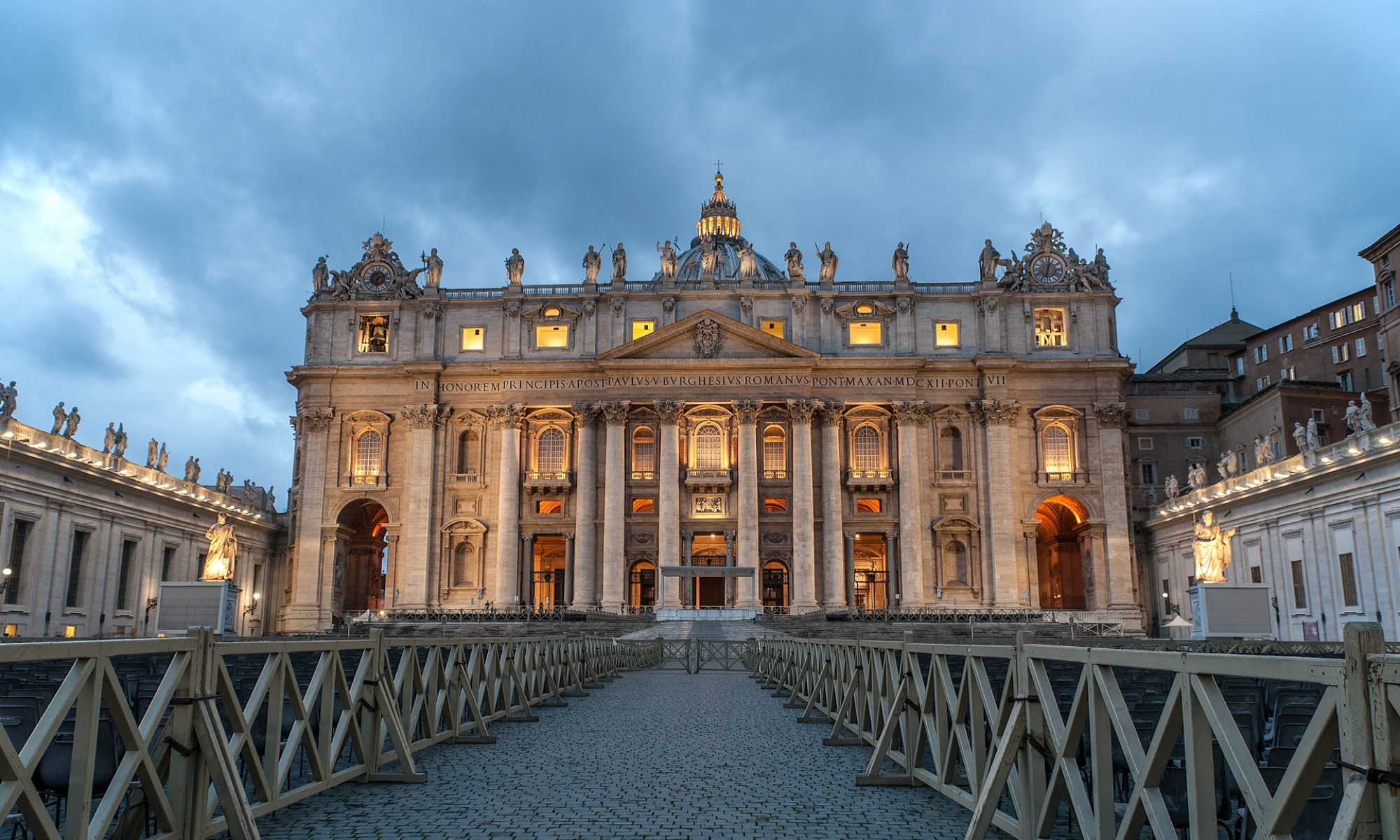Benedicto XVI subrayó el dgma de la Asunción y la proximidad de María a cada uno.
02 DE SEPTIEMBRE DE 2012
En el calendario católico romano, el 15 de Agosto se dedica a la festividad de la Asunción de la Virgen María. Este es el último dogma que la Iglesia Católico Romana (ICAR) ha promulgado en su historia .
Fue en 1950 cuando Pío XII lo publicó como una creencia vinculante para la fe católica. Así es como se definió entonces y como lo explica el Catecismo de la Iglesia Católica (n. 966) “La Virgen Inmaculada, preservada inmune de toda mancha de pecado original, terminado el curso de su vida en la tierra, fue asunta en cuerpo y alma a la gloria del cielo y enaltecida por Dios como Reina del universo, para ser conformada más plenamente a su Hijo”.
Desde su residencia veraniega de Castelgandolfo (a 25 Km. De Roma), donde ha terminado de escribir su tercer libro sobre Jesús, Benedicto XVI pronunció una homilía, el día 15 de Agosto, sobre el significado de este dogma para la ICAR de hoy en día .
Si bien es interesante leer lo que el Papa teólogo tiene que decir sobre ello, es al mismo tiempo difícil para un protestante abordar los dogmas marianos de una manera tranquila desde el punto de vista teológico y distante emocionalmente. Sin embargo, este ejercicio es inevitable dado el peso tan importante que la mariología tiene en la vida católico romana .
LA FUERZA MOTRIZ LITÚRGICA
En la primera parte de la homilía el Papa Ratzinger expone las razones que estuvieron detrás de la decisión de la ICAR para definir el dogma de la asunción corporal de María : “Esta verdad de fe era conocida por la Tradición, afirmada por los Padres de la Iglesia y era sobre todo un aspecto relevante de la devoción a la Madre de Cristo. Este elemento litúrgico constituyó la fuerza motriz que condujo a la formulación de este dogma: es un acto de alabanza y de exaltación de la Virgen Santa”.
Aunque puede ser históricamente cuestionable argumentar el consenso unánime de los Padres (¿qué Padres? ¿en qué momento?) sobre este aspecto de la mariología, el punto más importante es el reconocimiento de que el dogma crece en el contexto de la piedad y la liturgia populares, más que en la Escritura. Al igual que en muchos ángulos de la mariología católico romana, este dogma es el reflejo de una devoción popular que no se comprobó con los patrones bíblicos y se fue desarrollando a través de los siglos sin estar regido por la Palabra de Dios .
Es mucho decir que Benedicto XVI cita la Biblia en este punto y afirma que este dogma es una consecuencia de la oración de María en el Magníficat : “desde ahora me tendrán por bienaventurada todas las generaciones” (Lucas 1:48).
Sin embargo, hay un abismo entre la profética declaración sobre la bienaventuranza de María y el dogma mariano sumamente elaborado de 1950. Este respaldo bíblico es demasiado flojo y vago para definir una creencia obligatoria tal como ha sucedido con la asunción corporal de María.
El dogma de la asunción de María es un ejemplo de cómo la lex orandi, lex credenda dictum (es decir, “la ley de la oración es la ley de la fe”) podría funcionar como un principio generador y autónomo del desarrollo de los dogmas católico romanos.
Aunque es verdad que creemos en lo que oramos y viceversa, es importante determinar cuales son los modelos de la vida de oración de la Iglesia para que no se vaya por mal camino.
Comoquiera que para Roma estos modelos son los de la Tradición que contiene la Escritura pero es mayor que la Escritura, no es ninguna sorpresa que la Iglesia Católico Romana pueda promulgar dogmas que son históricamente dependientes y teológicamente están basados más en la piedad que en la Escritura.
MARÍA ESTÁ MUY CERCA
Aprovechando algunas de las implicaciones de este dogma mariano, la homilía de Benedicto XVI subraya la proximidad de María a cada uno . “María tiene un corazón tan grande que toda la creación puede entrar en él, como el exvoto (o sea, las ofrendas votivas) procedentes de todo el mundo demuestran. María está cerca, puede oír, puede ayudar, está próxima a todos nosotros. Dios está cerca y María, ya que está unida a Dios, está muy cercana y tiene un corazón tan grande como el de Dios”.
Aquí tenemos otro ejemplo de la forma en que una devoción puede desarrollarse y expandirse hasta el punto de convertirse en algo más que una forma bíblica de la piedad cristiana. Lo que es sorprendente es la comparación entre la proximidad de Dios y la proximidad de María. Se considera que está más cerca de lo que está Dios.
Esta frase, en toda su aparente sencillez, tiene un enorme significado pastoral y teológico. Indica que María está más cerca que su Hijo, que ella es la primera mediadora ante Dios y que está más fácilmente disponible para obtener ayuda .
Por regla general, el lenguaje mariológico está elaborado de tal forma que nunca resta importancia a la persona y a la obra de Cristo. No obstante, esta comparación demuestra que incluso el Papa Ratzinger cree que, aunque Dios está cerca, María está aún más próxima a nosotros.
Con esta afirmación, la plena encarnación del Hijo de Dios, su completa humanidad y divinidad y la unicidad de su mediación, ¿está salvaguardada y honrada? Si se desdibuja el principio de “Sola Escritura”, se acabará desdibujando el de “ Sólo Cristo”.
Traducción: Rosa Gubianas

